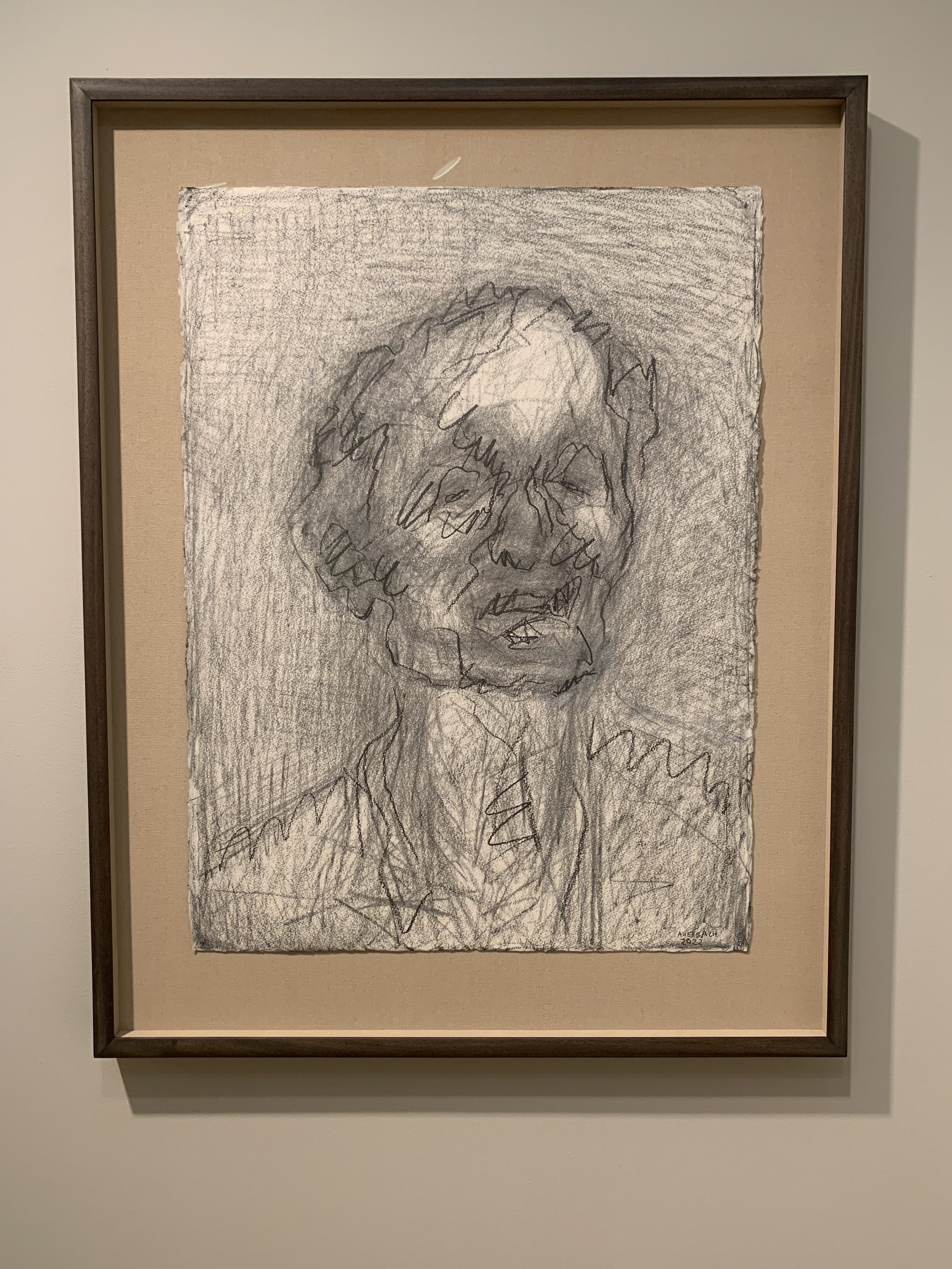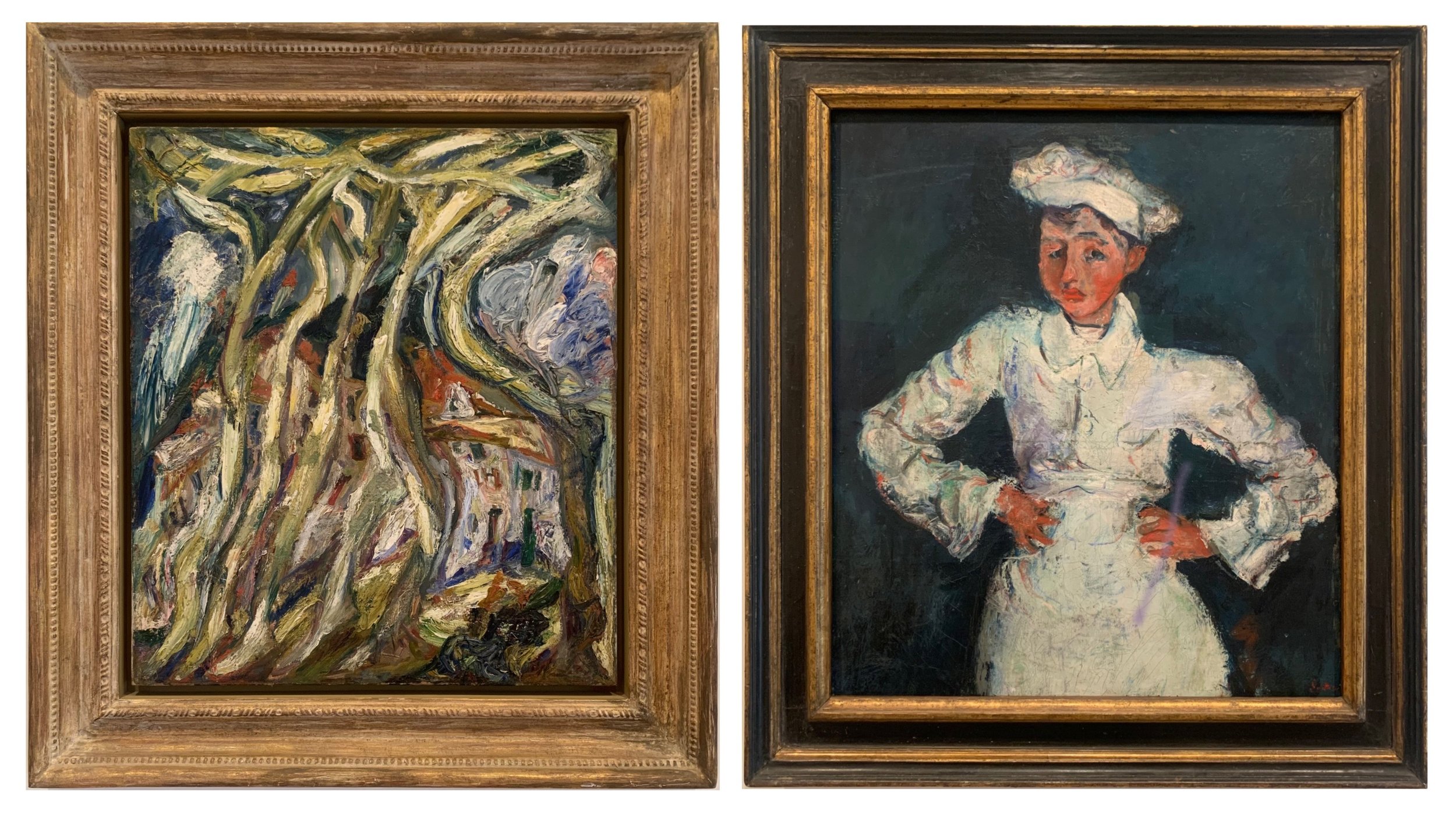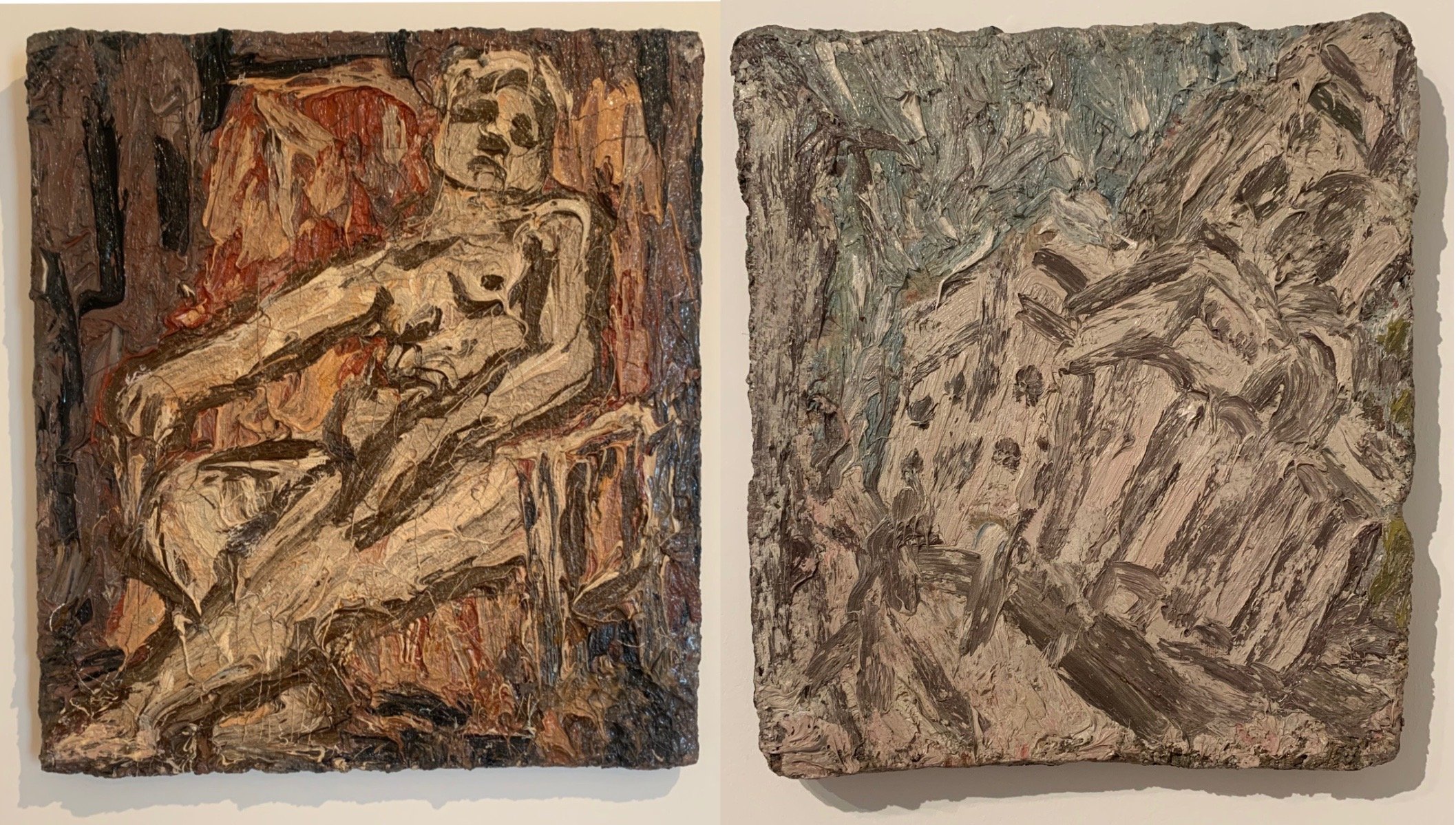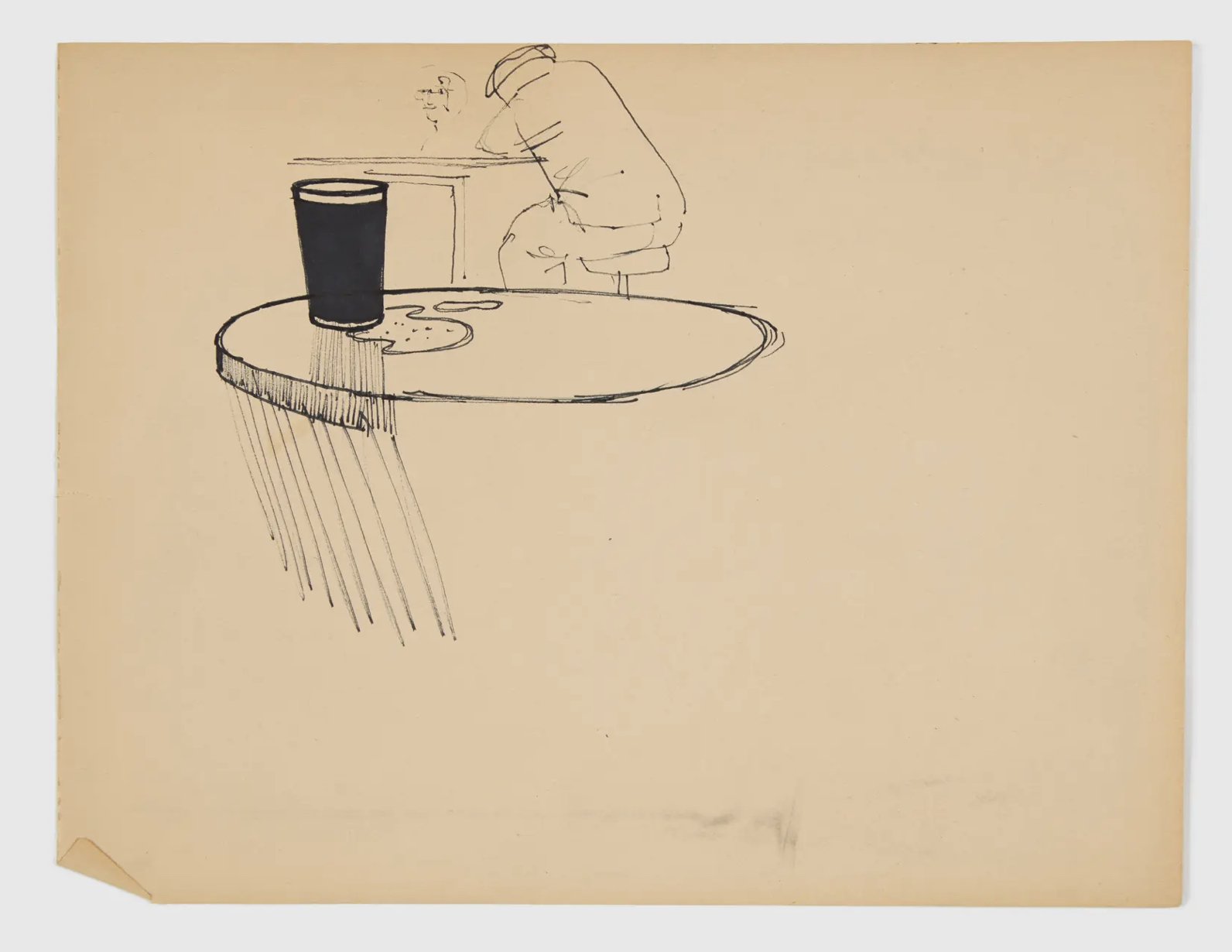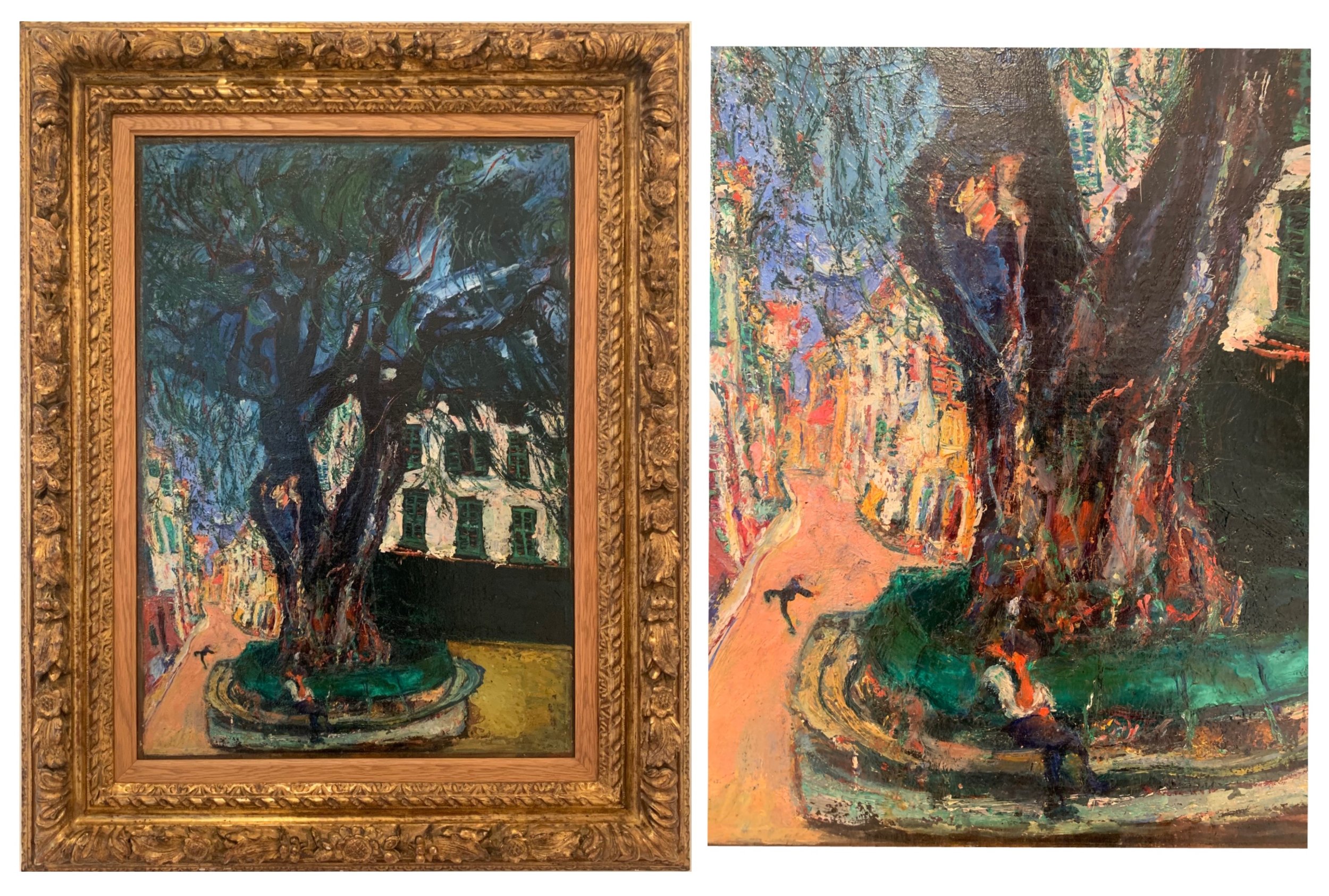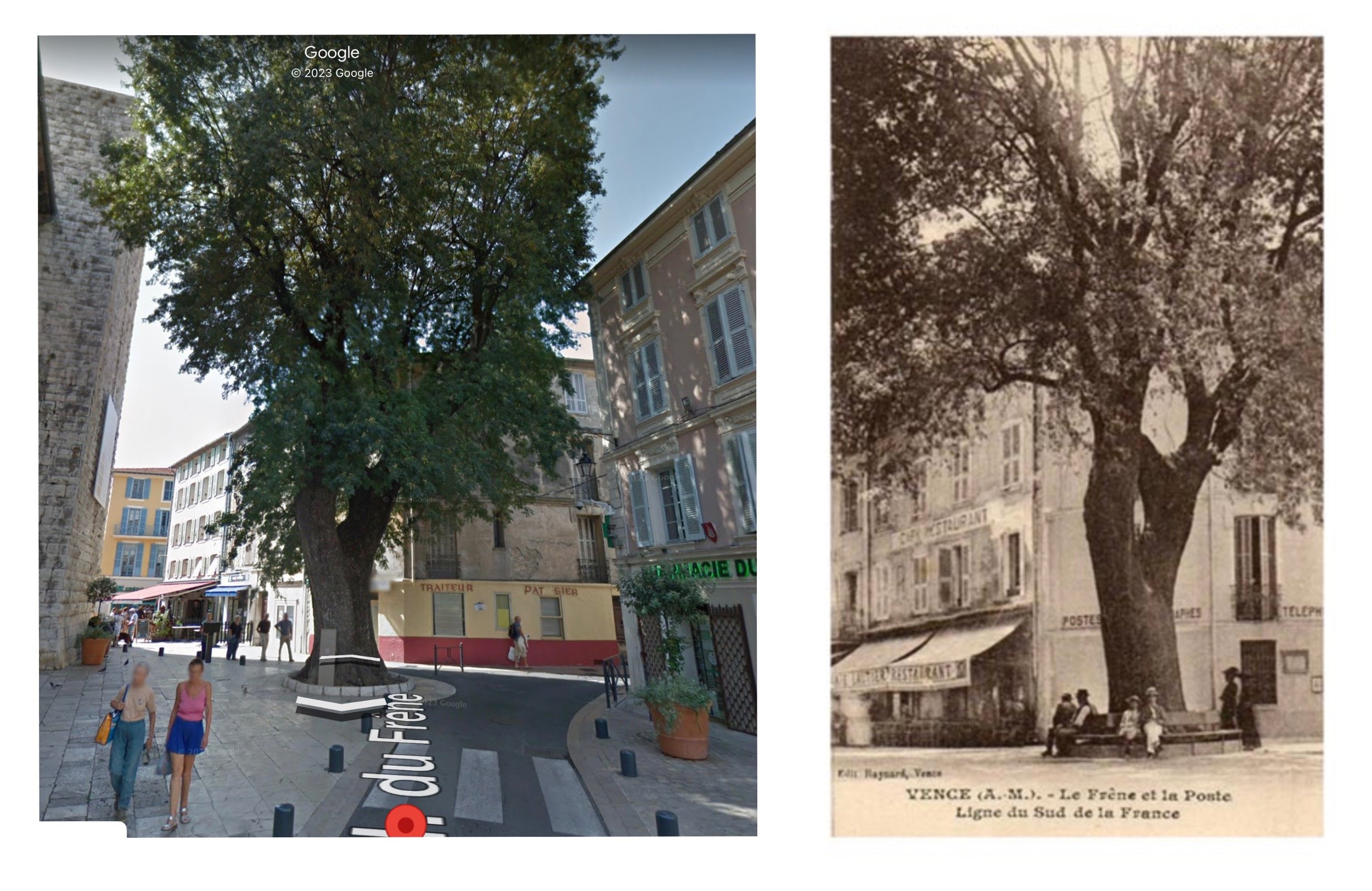In the top rank of my all time favourite painters is Chaim Soutine who died in 1943, aged 50. Amazingly, Hastings Contemporary in East Sussex have curated a show of Soutine paintings paired up with work by Leon Kossoff on right now and running to September 2023.
I would never have predicted this could happen outside London but it has and it is colossal. If you are turned on by the possibilities of oil paint in portraiture and landscape painting then this is a must see.
This show has quite rightly been gathering some excellent reviews in the quality papers and journals. Waldemar Januszczak | The Sunday Times review | 30.04.23 wrote Soutine “was to painting what Lionel Messi is to football or Mohammed Ali was to boxing: a high speed perfectionist of remarkable dexterity.”
I remember the first time I saw a Soutine. It was a a visual punch 🤛 in the gut similar to the first time I saw a Frank Auerbach painting used as the artwork for the cover of Japan’s Oil on Canvas album (which someone had casually left lying around in the studios where I did an art foundation course in 1983).
The first Soutine I saw was in the Tate Gallery collection (as it was known then) on a visit in the early 80’s. It was Landscape at Céret, oil on canvas 56 x 84 cm 1920-21. The Tate have 3 great paintings by Soutine.
The tate.org.uk site writes…
‘Soutine’s handling of paint conveys an agitated, frenetic quality, suggesting a confrontation with the earthy forces of nature.’
‘Inspired by classic painting in the European tradition, exemplified by the works of Rembrandt, Chardin and Courbet, Soutine developed an individual style more concerned with shape, color, and texture than representation, which served as a bridge between more traditional approaches and the developing form of Abstract Expressionism.’
I went on to write my final year dissertation on Soutine at university for my fine art degree. As part of my research I went to the Musée de l’Orangerie in Paris to absorb their collection of his work and then visited and stayed in Céret itself on a soak up the vibe and follow in the footsteps mission.
I have never seen so many quality paintings by Soutine gathered in one place. This, I am sure will not happen again for a very long time. Feast your eyes and senses.
The show runs to 24 September 2023. Read the reviews 👏🏻👏🏻👏🏻 ⭐️ ⭐️⭐️ (The Financial Times, The Sunday Times, Studio International) and see, probably a once in a lifetime outstanding show.
Soutine (1893-1943)
Leon Kossoff (1926-2019)
@_art_on_sea
#soutine #chaimsoutine #ceret #landscapepainting #dekooning #auerbach #rembrandt #goya #chardin #bacon #painting #landscapepainter #painter #inspiration @tate @museeorangerie #oiloncanvas #japan #courbet #gustavecourbet #leonkossoff #hastingscontemporary #soutinekossoff

